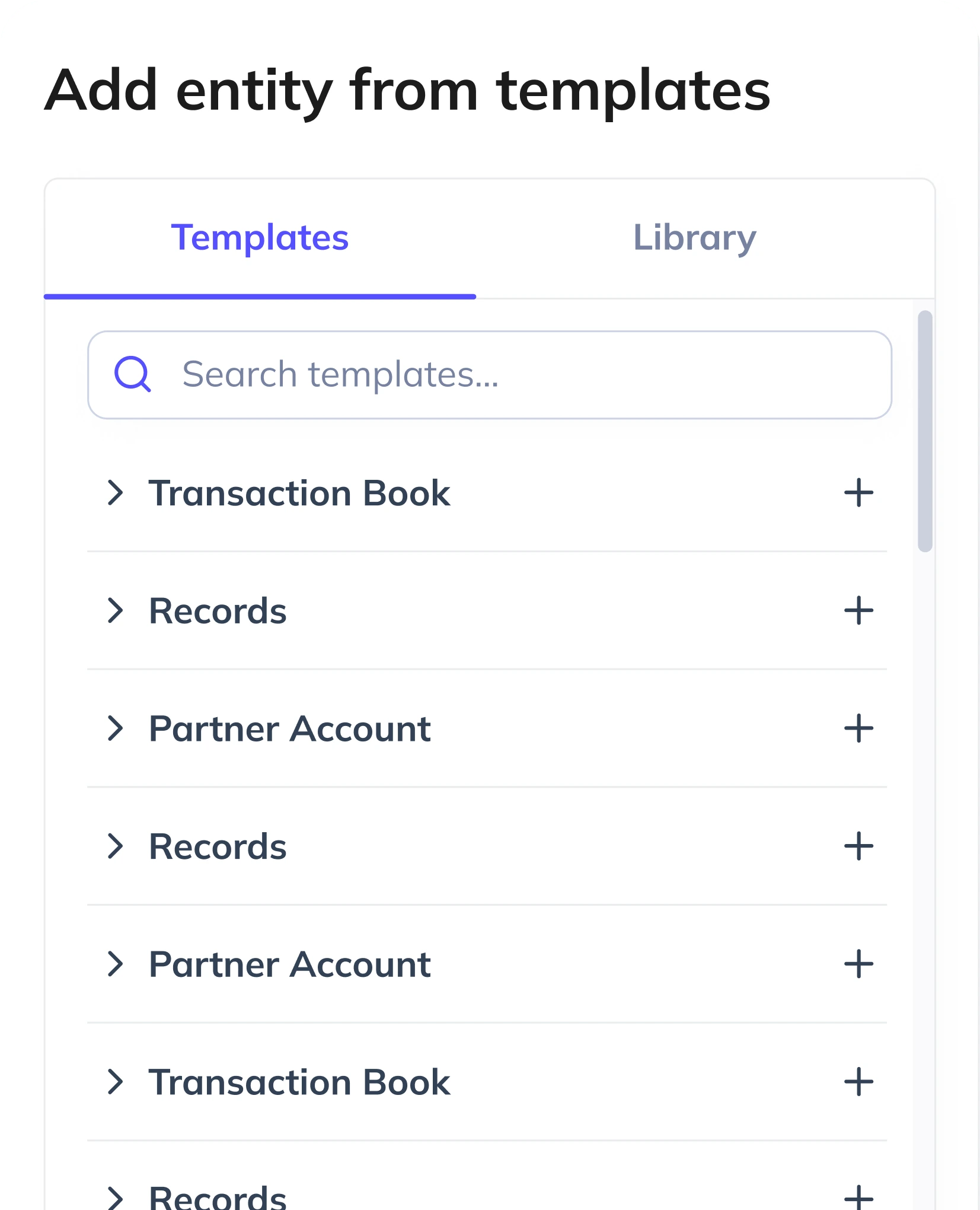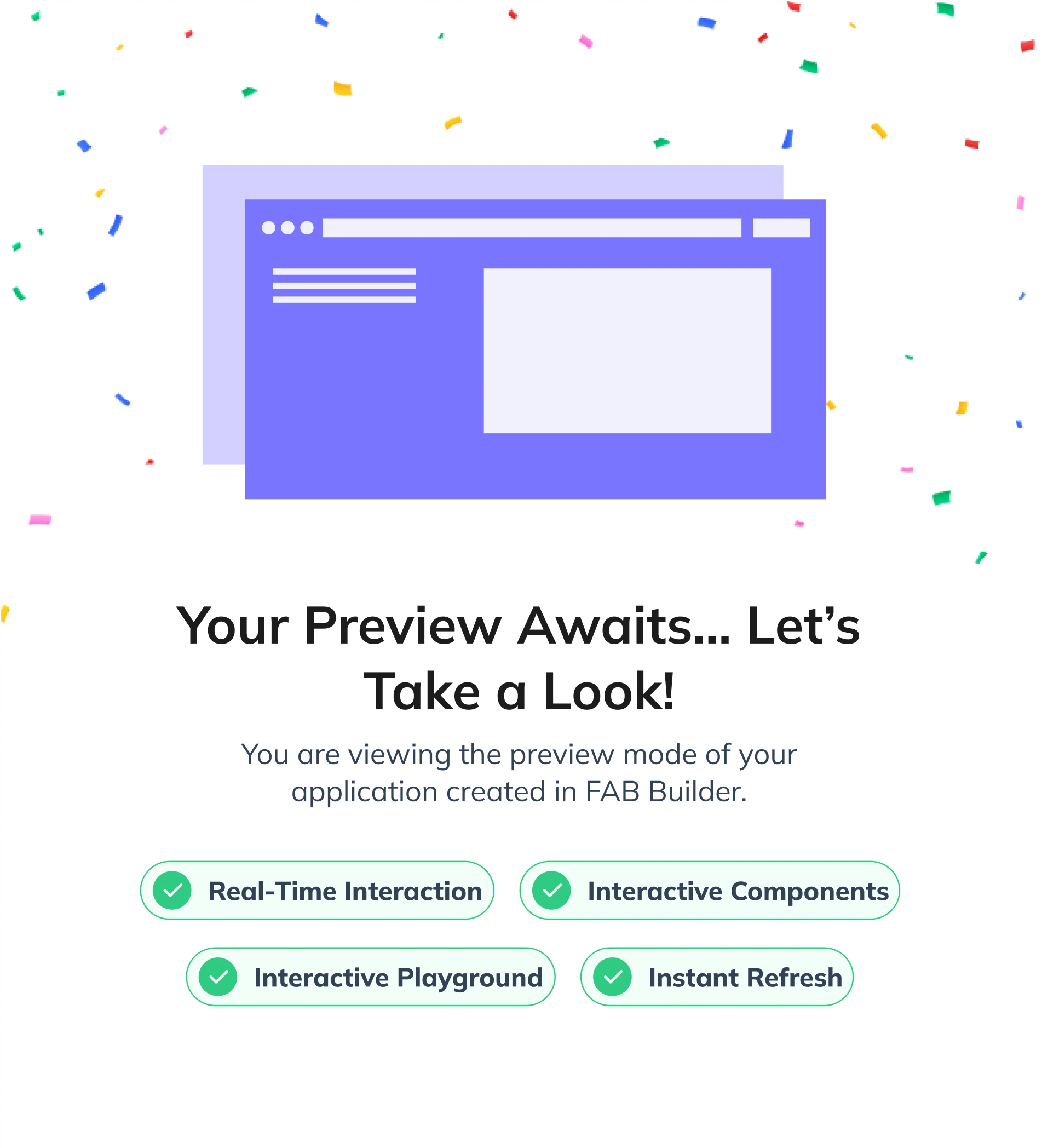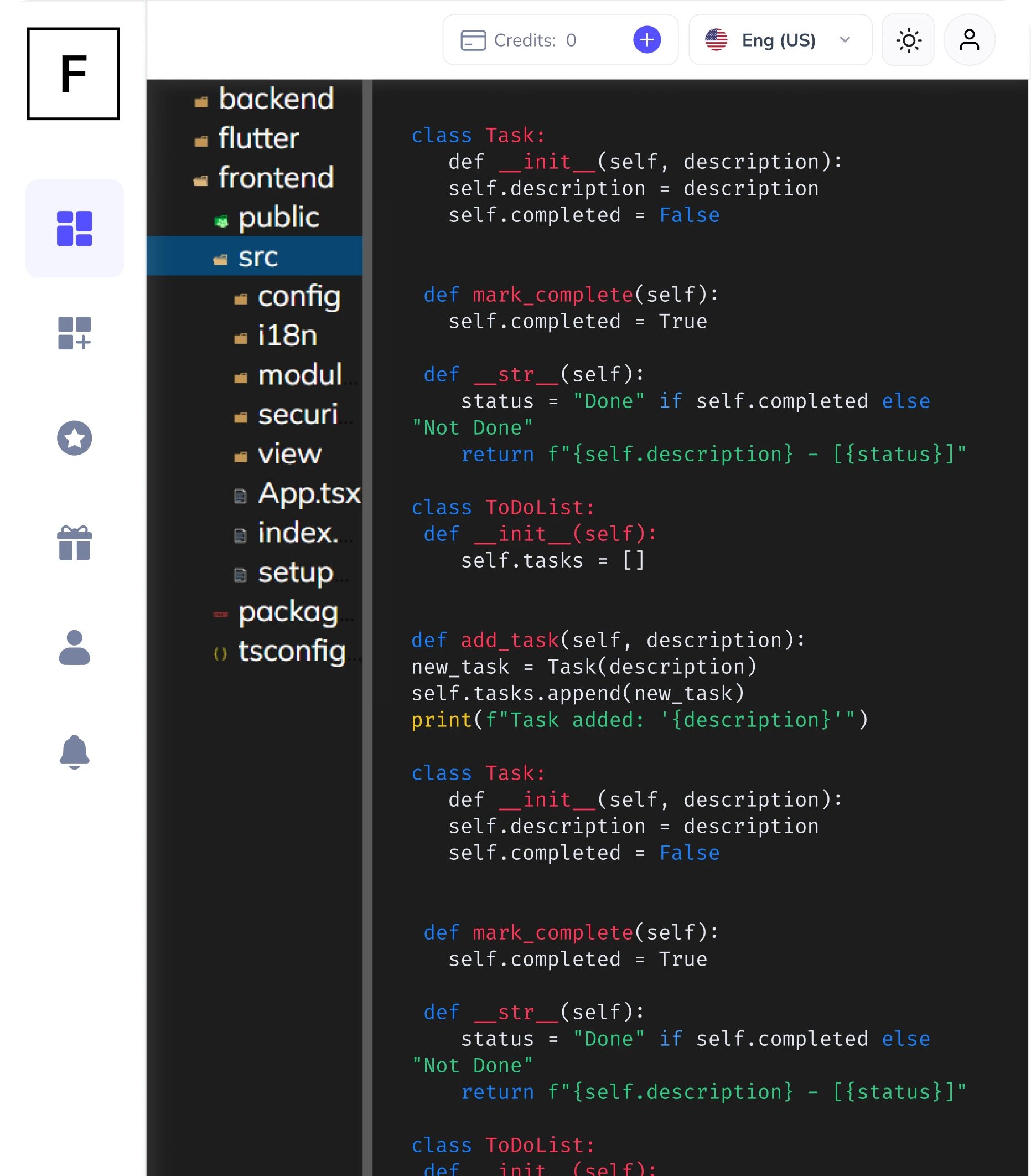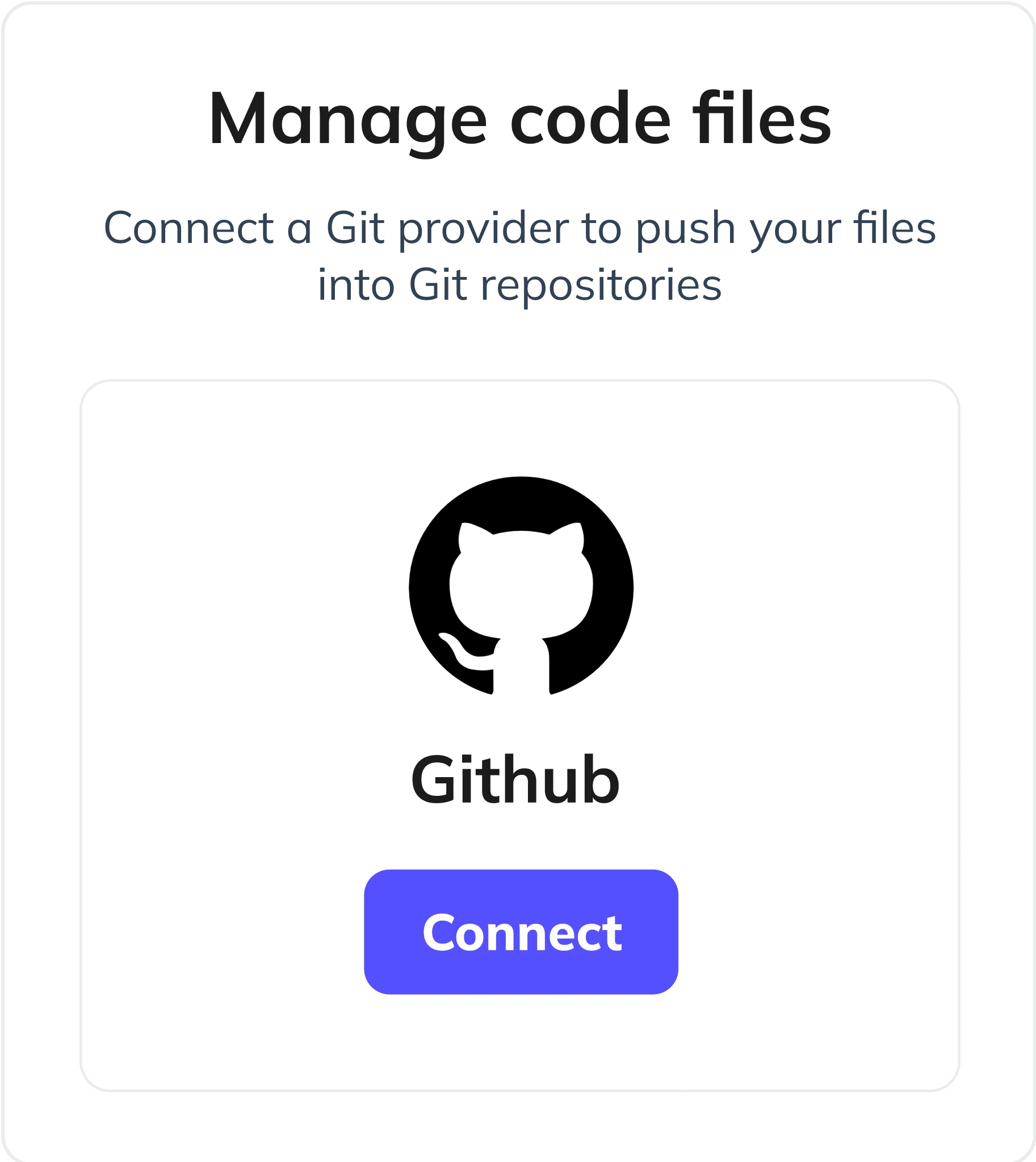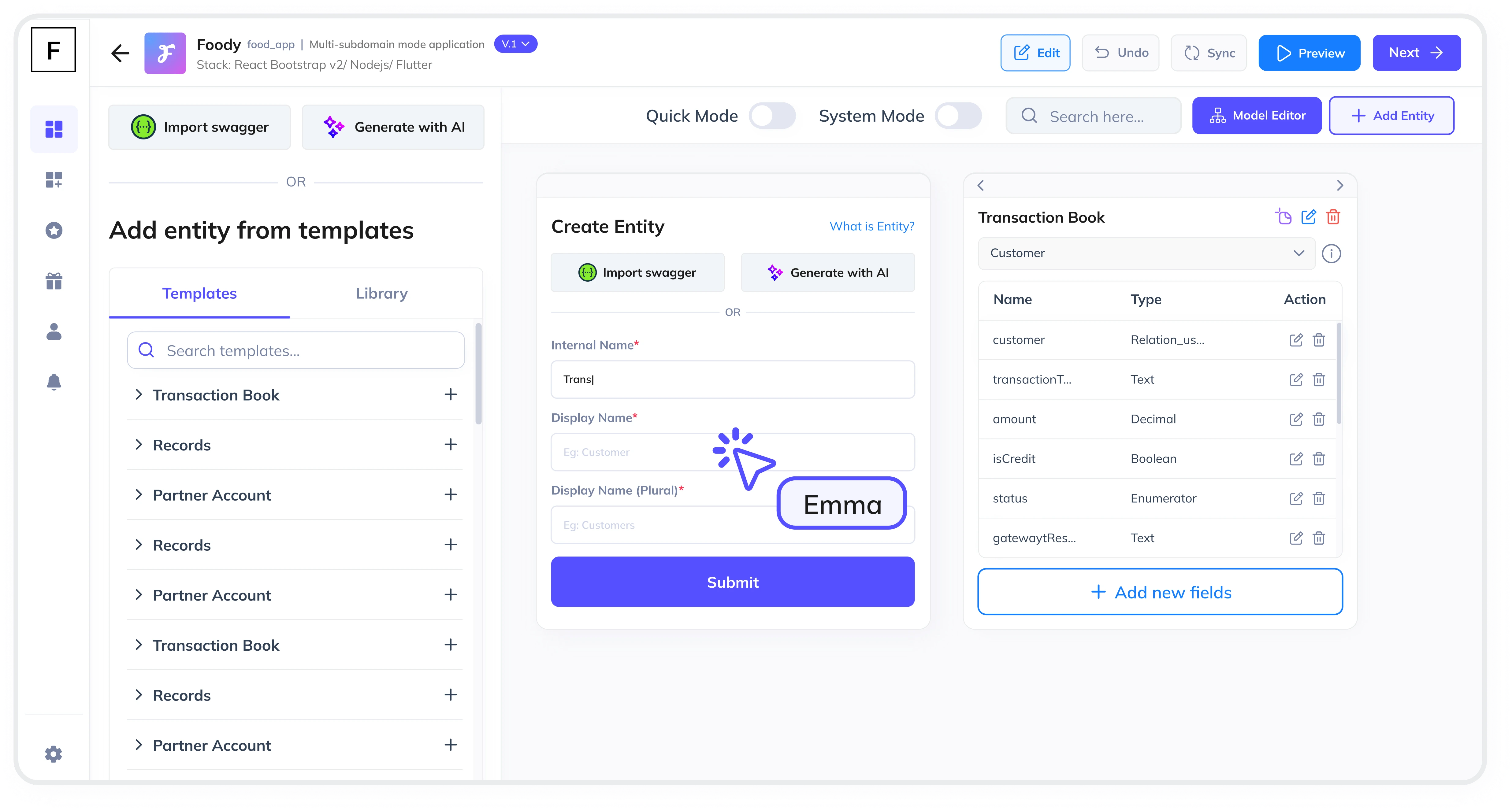Summarize and analyze this article with:
In today’s digital-first world, building a robust and scalable E-Commerce Platform is essential for businesses to thrive. Whether you're a startup or an established enterprise, creating an e-commerce platform that meets your unique needs doesn’t have to be a daunting task. With FAB Builder, a low-code platform, you can build a customizable, integration-ready, and production-ready e-commerce platform in just a few hours.
This guide will walk you through the step-by-step process of creating an e-commerce platform, integrating essential modules like Product Catalog Management, Orders Management, and Payments. Plus, we’ll show you how FAB Builder empowers you to build scalable, secure, and innovative solutions.
Why Build an E-Commerce Platform with FAB Builder?
FAB Builder is a low-code platform that simplifies the development process, enabling you to:
- Save Time: Build an e-commerce platform in hours, not weeks.
- Ensure Scalability: Easily adapt to new requirements as your business grows.
- Access Full Source Code: Download and retain intellectual property rights.
- Customize: Tailor every aspect of your platform to meet your needs.
- Integrate Seamlessly: Connect with third-party services like payment gateways, CRM, and ERP systems.
- Deploy with Ease: Use managed hosting services for AWS, GCP, and Azure.
With FAB Builder, you can also create multi-tenant SaaS applications, allowing you to sell subscriptions to B2B consumers.
Step-by-Step Guide to Building an E-Commerce Platform
Step 1: Define Your Requirements
Before starting development, outline the key features your e-commerce platform needs:
- Product Catalog Management: Display and manage products effectively.
- Orders Management: Track and fulfill orders seamlessly.
- Payments Module: Process and refund online transactions securely.
- User Management: Handle customer accounts and roles.
- Integration: Connect with third-party services like payment gateways, CRM, and ERP systems.
Step 2: Choose the Right Development Platform
Building an e-commerce platform from scratch can be time-consuming and costly. Instead, leverage a low-code platform like FAB Builder to:
- Save Time: Build the platform in a few hours instead of weeks.
- Ensure Scalability: Easily adapt to new requirements as your business grows.
- Access Full Source Code: Download and retain intellectual property rights.
- Customize: Tailor the platform to your specific needs.
Step 3: Build Essential Modules
An e-commerce platform consists of several key modules. Here’s how you can build them using FAB Builder:
1. Product Catalog Management Module
The Product Catalog Management Module is the backbone of your e-commerce platform. It allows you to display and manage products effectively.
- Learn how to build this module in our detailed guide:
- Step-by-Step Guide to Creating a Product Catalog Management Module for an E-Commerce Platform using Low Code platform | FAB Builder
2. Orders Management Module
The Orders Management Module ensures seamless order processing, from purchase to delivery.
- Learn how to build this module in our detailed guide:
- Step-by-Step Guide to Creating an Orders Management Module for an E-Commerce Platform Using Low Code Platform
3. Payments Module
The Payments Module enables secure payment processing and refunds via popular gateways like Stripe, PayPal, and Razorpay.
- Learn how to build this module in our detailed guide:
- Step-by-Step Guide to Creating a Payments Module for an E-Commerce Platform
Step 4: Select Your Technology Stack
FAB Builder supports a wide range of technologies, ensuring flexibility and interoperability:
Frontend Technologies
Choose from popular frameworks like:
- ReactJs (with AntDesign, Tailwind, Bootstrap, or Material)
- Vue
- Angular
- NextJs
Backend Technologies
Select the backend stack that suits your needs:
- NodeJs
- Dotnet
- Java
Database Options
FAB Builder supports multiple databases, including:
- SQL (MySQL, PostgreSQL, etc.)
- NoSQL (MongoDB, etc.)
You can switch between tech stacks at any stage of the project without losing functionality. FAB Builder ensures that entities, fields, and supported features adapt automatically.
Step 5: Test and Deploy
Thoroughly test your e-commerce platform to ensure it works seamlessly across devices and integrates well with other systems. Once tested, deploy it to the cloud with a single click using FAB Builder’s managed hosting services for AWS, GCP, and Azure.
Step 6: Customize and Scale
As your business grows, you may need to add new features or scale the platform. With FAB Builder’s full source code access, you can customize the platform to meet evolving requirements.
Why Choose FAB Builder for Your E-Commerce Platform?
- Low-Code Platform: Build an E-Commerce Platform in just a few hours.
- Development Efficiency: Save time and resources with AI-assisted entity creation.
- Scalability: Quickly adapt to new requirements.
- Full Source Code Access: Download and retain intellectual property rights.
- Customizable: Tailor the platform to your specific needs.
- Integration-Ready: Seamlessly connect with third-party services.
- Multi-Tenant SaaS: Create applications to sell subscriptions to B2B consumers.
Building an E-Commerce Platform doesn’t have to be complicated or time-consuming. With FAB Builder, you can create a customizable, integration-ready, and production-ready platform in just a few hours. From AI-assisted entity creation to full source code access, FAB Builder empowers you to build scalable and secure applications that meet your business needs.
Ready to take your e-commerce business to the next level? Start building your E-Commerce Platform with FAB Builder today! Visit www.fabbuilder.com to learn more and get started.
By following this guide and leveraging FAB Builder, you can create a powerful, scalable, and customizable E-Commerce Platform that meets the needs of your business. Start building today and take your e-commerce business to the next level!





